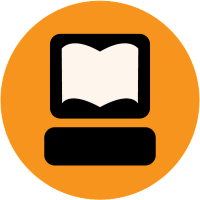Hewlett-Packard Company announced that it began sales of smartphones Palm Pre 2 in the U.S.. The version of the device without linking to a mobile operator and without a contract will cost 449 dollars.Moreover, programmers involved in developing the operating system WebOS, based on which operating smartphone, and those who received coupons for a discount worth $ 200, can use them in the purchase of apparatus.
The company said that the U.S. smartphone can be purchased online or through Palm.com, or through traditional distribution channels for the HP SMB. Furthermore, in parallel with the release of the apparatus in the U.S. and will start its sales in France. In the coming days Pre 2 will be commissioned and territory of Canada.Sales Pre2 will take place in traditional Western consumers scheme – a contract to service provider.
We note that Pre 2 is the first product of Palm, which was released after released after the company was acquired by the computer manufacturer Hewlett-Packard.After purchasing HP announced that it plans to use the system WebOS, not just smartphones, but also for other devices, in particular related to Internet printers, tablets and others.
Jon Rubinstein, senior vice president and general manager of HP Palm Global Business Unit, says that in the first version of the WebOS and smartphone Pre, which occurred before 16 months, there are many new opportunities with the organization of additional programs, maintenance of Flash Player 10.1, supporting new multimedia data formats, etc.Important to note the emergence of many so-called. “Little helpers” – programs and system tricks – unnoticed at first glance, but it makes system operation comfortable and enjoyable.
These little helpers can be allocated:new instrument Just Type, which allows you to write text for an application without running the application itself, the new grouping system which allows applications to be grouped by sense and logic in predefined groups; elaboration mechanism for multi-tasking;Tool Exhibition, which allows users to specify which applications loaded most system and many other new developments.
In addition, the new smartphone Pre received new CPU whose frequency is increased to 1 GHz (in the former it was 600 MHz).The camera remains in the new smartphone 5-megapixel, but it increased display quality, which makes colors more vivid, and applications – in detail.
A few days before the release of Pre 2 John Rubinstein said in a statement on Web 2.0 Summit in San Francisco that the new device will be a “more than a Web 2.0 “is to it much closer to social, postal and communication services operating on the Internet.
